8.11: Protozoa
- Page ID
- 1474
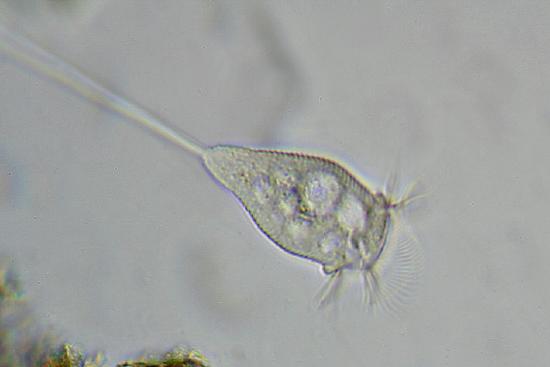
What's like an animal, but not an animal?
An animal-like protist, or a protozoa. These protists have the ability to move, usually with some sort of cilia or flagella, and must obtain their energy from other sources. But obviously, they are much simpler than animals.
Animal-Like Protists: Protozoa
Animal-like protists are commonly called protozoa (singular, protozoan). Most protozoa consist of a single cell. They are animal-like because they are heterotrophs, and are capable of moving. Although protozoa are not animals, they are thought to be the ancestors of animals.
Ecology of Protozoa
Protozoa generally feed by engulfing and digesting other organisms. As consumers, they have various roles in food chains and webs. Some are predators. They prey upon other single-celled organisms, such as bacteria. In fact, protozoa predators keep many bacterial populations under control. Other protozoa are herbivores. They graze on algae. Still others are decomposers. They consume dead organic matter. There are also parasitic protozoa that live in or on living hosts. For example, the protozoan that causes malaria lives inside a human host. Protozoa are also important food sources for many larger organisms, including insects and worms.
Classification of Protozoa
Protozoa can be classified on the basis of how they move. As shown in Table below, protozoa move in three different ways. Only sporozoa cannot move. Note that this classification is based only on differences in movement. It does not represent phylogenetic relationships.
| Type of Protozoa | How It Moves | Example (Genus) |
|---|---|---|
| Amoeboid | pseudopods |
Amoeba  |
| Ciliate | cilia |
Paramecium 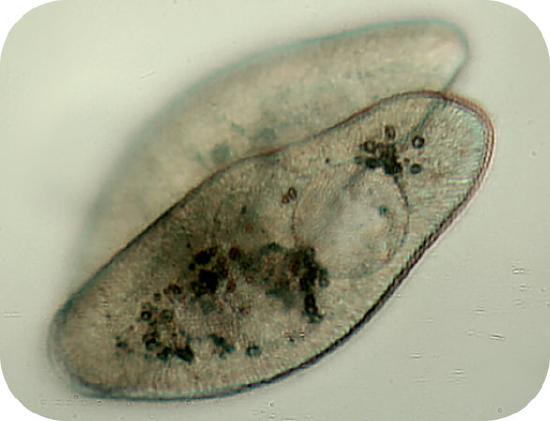 |
| Flagellate | flagella |
Giardia 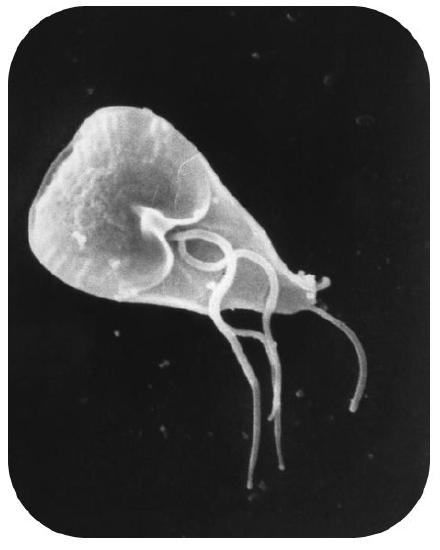 |
| Sporozoan | does not move (as adult) |
Plasmodium 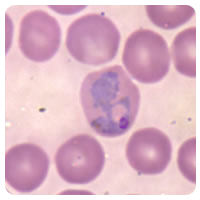 |
Summary
- Animal-like protists are called protozoa. Most consist a single cell.
- Like animals, protozoa are heterotrophic and capable of moving.
- Examples of protozoa include amoebas and paramecia.
Review
- How are protozoa similar to animals?
- What roles do protozoa play in food chains and webs?
- What type of protozoa is a Paramecium?
- What type of protozoa is a Giardia?
| Image | Reference | Attributions |
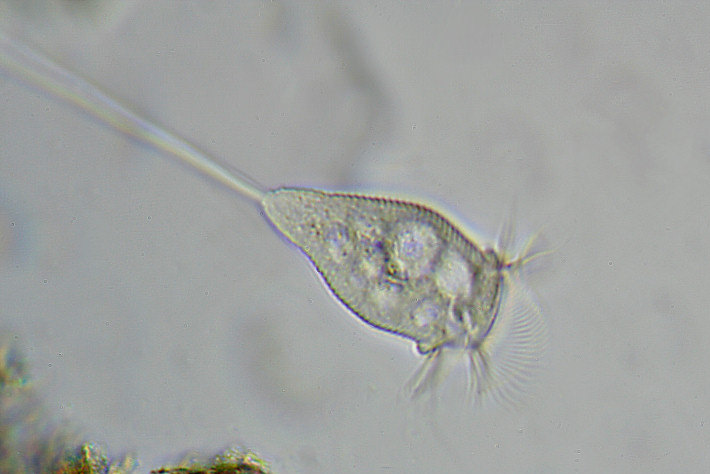 |
[Figure 1] | License: CC BY-NC |
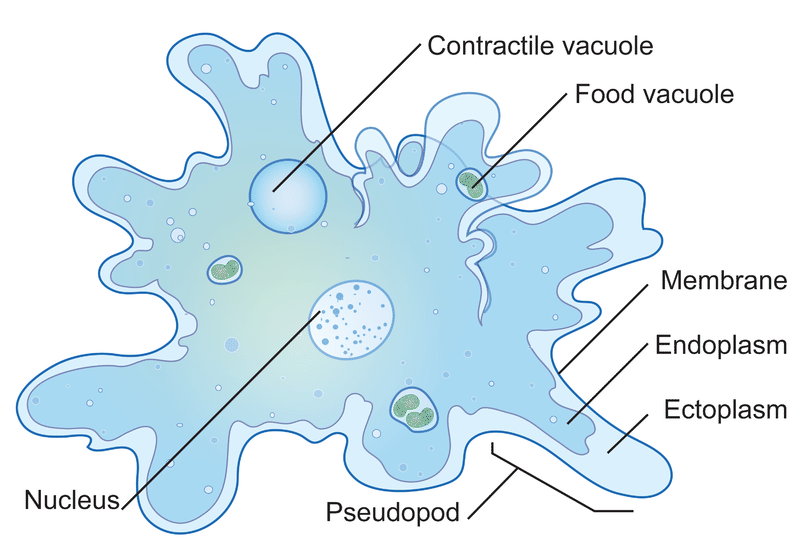 |
[Figure 2] | License: CC BY-NC |
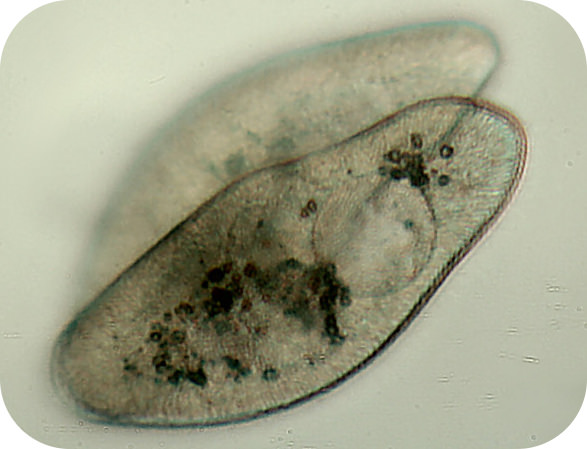 |
[Figure 3] | License: CC BY-NC |
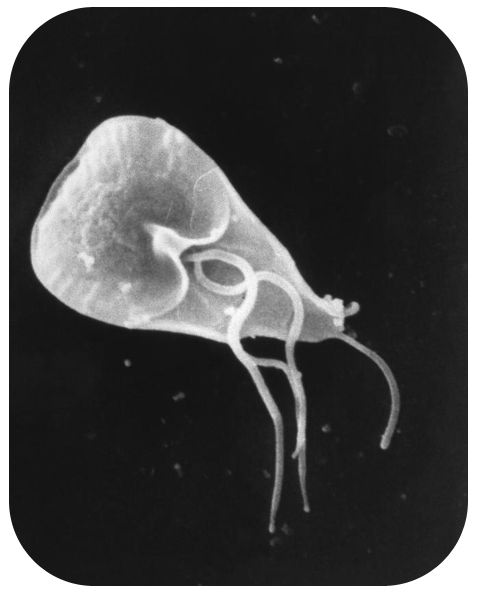 |
[Figure 4] | License: CC BY-NC |
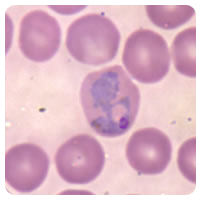 |
[Figure 5] | License: CC BY-NC |

